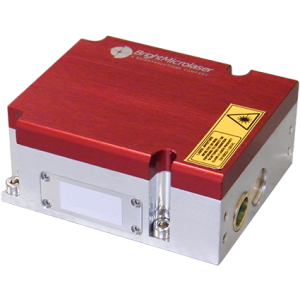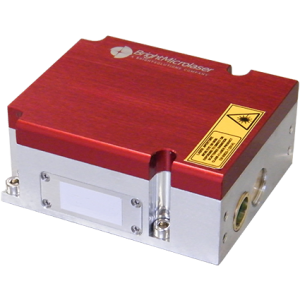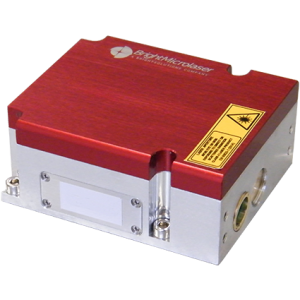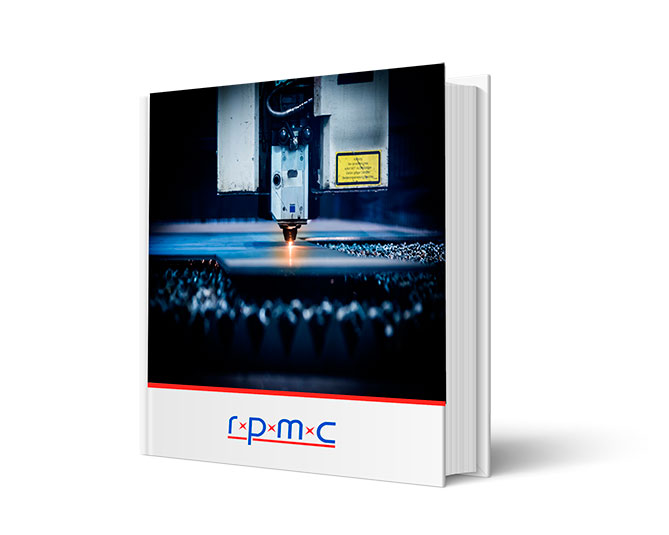Bright Microlaser
RPMC Lasers is the Exclusive Source for Bright Microlaser’s Products in North America
Ultra-Compact, Rugged Designs
-
-
-
-
- Robust configurations designed for 24/7 operation in harsh environments
- Easily integrated into handheld, portable, or airborne systems
-
-
-
Reliable, Stabilized Output Over Time
-
-
-
-
- Stable emission at a precise frequency – Ideal for sensitive applications
- Narrow linewidth & nearly identical pulse-to-pulse shape
-
-
-
Industrial and space-based proven configurations
-
-
-
-
- Successfully fielded in space-based applications: OSIRIS-REx Mission
- Spectroscopy, LIDAR, ranging, material processing & specialty applications
-
-
-
What sets Bright Microlaser apart?
Ideal Solution When Size, Ruggedness, Portability & Performance are Key
-
-
-
-
- Ultra-compact, lightweight & rugged design for easy integration into portable systems
- The most powerful compact DPSS microchip lasers available on the market
- Single longitudinal mode (SLM) TEM00 beam w/ narrow linewidth
- High pulse energies & repetition rates available in a range of wavelengths
-
-
-
Customizable, Application-Specific Configurations & Continuous Improvement
-
-
-
-
- Many years of experience providing demanding application-specific customization
- Continuous refinements to packages, driver functionalities & wavelength configurations
- Optional beam expander & collimator, heat-sink, development & quick start/Eval. kit
- Development, quick start, and evaluation kits available for more customization
-
-
-
Designed for 24/7 Operation in Harsh Environments & Demanding Applications
-
-
-
-
- Perfect option for various LIDAR-based applications, LIBS, micromachining & more
- Designed for a wide variety of conditions while maintaining its performance
- Over 1 billion shots & counting on the OSIRIS-REx NASA mission
- Several standard configurations for most applications
-
-
-



In addition to bringing outstanding products to the market, Bright Microlaser is committed to offering a world-class level of quality, customer care, and service with its ultra-compact passively q-switched DPSS Microchip Lasers. For pulsed laser applications where size, ruggedness, portability, and performance are key, such as 3D scanning, LIDAR, LIBs, and airborne or space applications, the compact, conductively cooled, Microchip Laser series is the ideal solution.
Let us help find the right solution for you!

 SHIPS TODAY
SHIPS TODAY 




